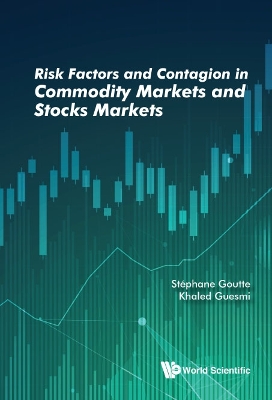The link between commodities prices and the business cycle, including variables such as real GDP, industrial production, unemployment, inflation, and market uncertainty, has often been debated in the macroeconomic literature. To quantify the impact of commodities on the economy, one can distinguish different modeling approaches. First, commodities can be represented as the pinnacle of cross-sectional financial asset prices. Second, price fluctuations due to seasonal variations, dramatic market changes, political and regulatory decisions, or technological shocks may adversely impact producers who use commodities as input. This latter effect creates the so-called 'commodities risk'. Additionally, commodities price fluctuations may spread to other sectors in the economy, via contagion effects. Besides, stronger investor interest in commodities may create closer integration with conventional asset markets; as a result, the financialization process also enhances the correlation between commodity markets and financial markets.Our objective in this book, Risk Factors and Contagion in Commodity Markets and Stocks Markets, lies in answering the following research questions: What are the interactions between commodities and stock market sentiment? Do some of these markets move together overtime? Did the financialization in energy commodities occur after the 2008 Global Financial Crisis? These questions are essential to understand whether commodities are driven only by their fundamentals, or whether there is also a systemic component influenced by the volatility present within the stock markets.
- ISBN13 9789811210235
- Publish Date 11 May 2020
- Publish Status Active
- Publish Country SG
- Imprint World Scientific Publishing Co Pte Ltd
- Format Hardcover
- Pages 356
- Language English
- URL https://worldscientific.com/worldscibooks/10.1142/11549
